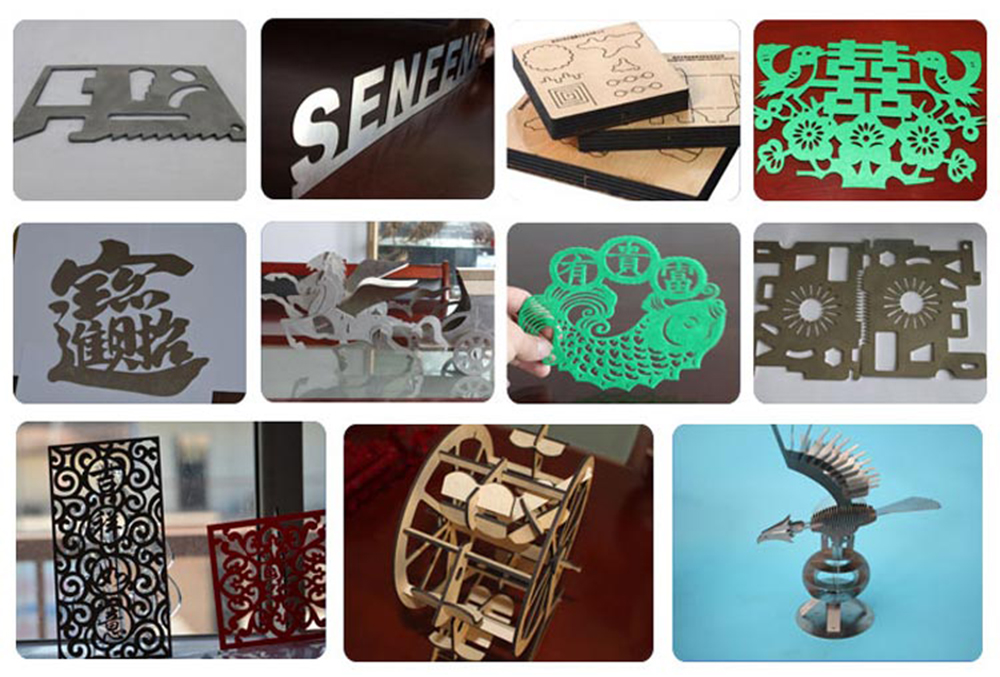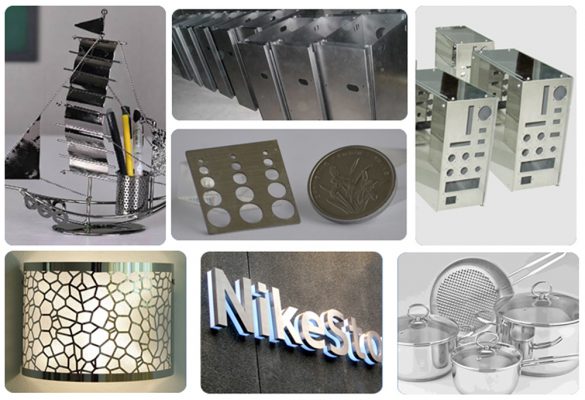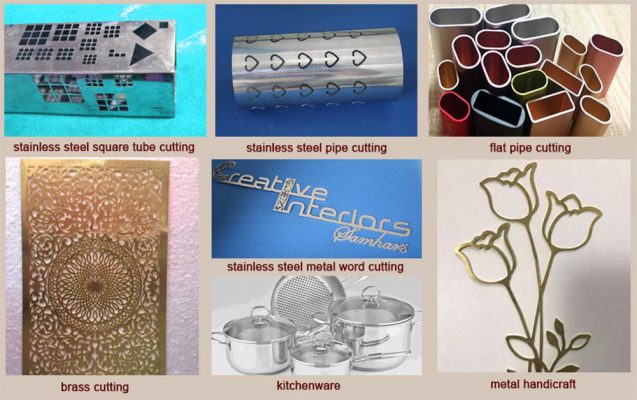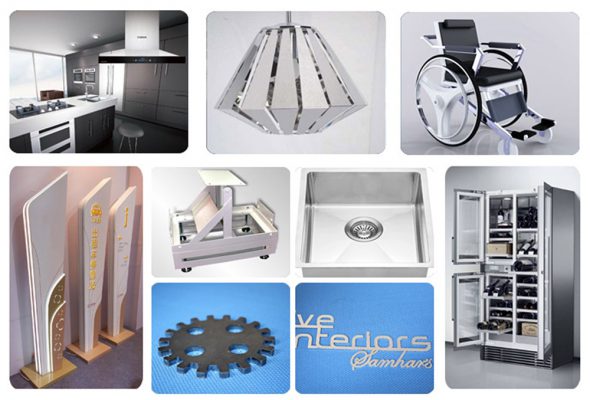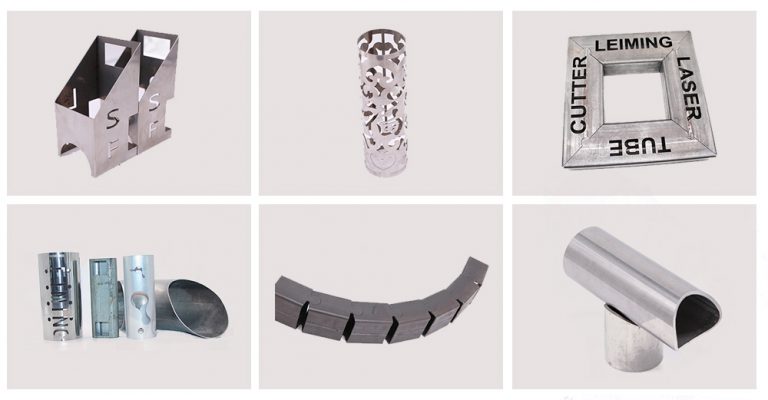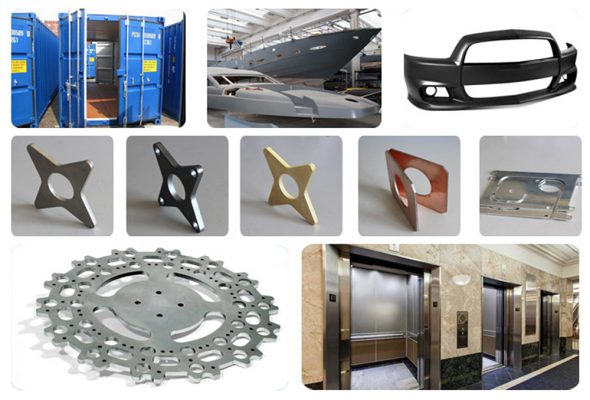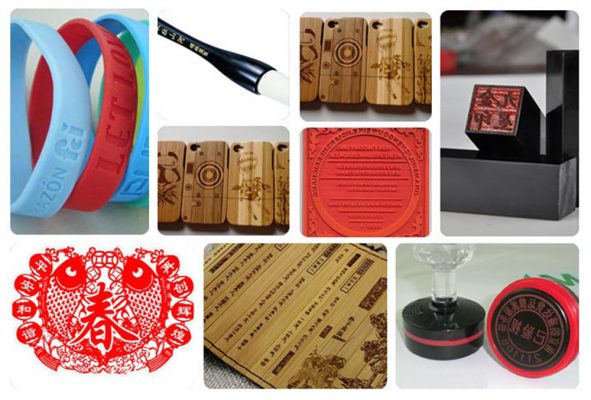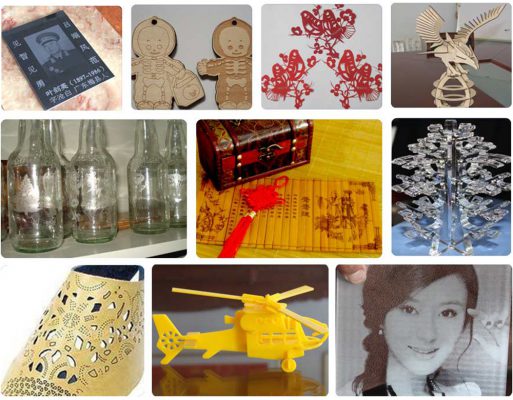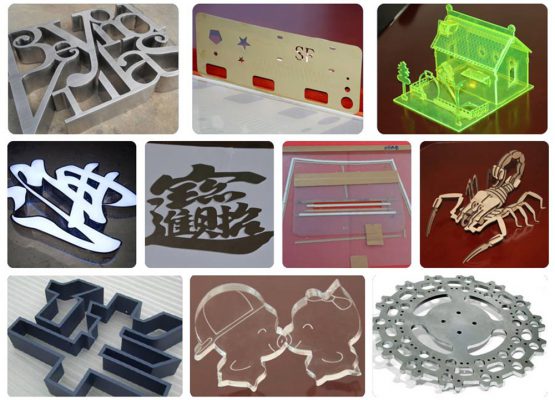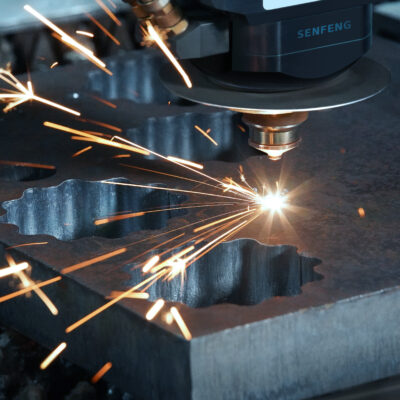Textile & Leather
CO2 Laser wavelength is well absorbed my most organic materials that most fabrics are made out of, and even some inorangic fabrics. Adjusting the laser power & speed usually produces different results dependent on the fabric’s composition, so it’s best to try out for yourself, as there are may potential results that can be designed to be unique. These laser additions greatly help your product stand out, increase Brand awareness & Logo, as well as increasing the perceived value of your products.
Types of textiles Laser is popularly used on:
-cotton
-polyester
-denim
-linen
-nylon
-wool
-canvas
-fleece
-felt
-kevlar
Leather & Suede is another popular material, due to its high use in fashion and furniture, and adding engraved leather capabilities set you apart from other leatherworkers that must work in much more inefficient, time-intensive ways. You can cut, emboss, perforate, engrave, or mark leather to your specifications significantly easier than other leatherworking methods. Contact-methods (such as with a blade) wear down your tools quickly, lack precision, and can warp the leather, while CO2 lasers produce sharply defined images without distorting the leather or wearing down your tools.
Leather continues to be a popular everyday item for jackets, belts, purses, shoes, sandals, and so on. Choosing a dark stained leather produces less contrast, while suede or light-colored leather produces more contrast.
https://www.senfenglaserusa.com/product-tag/furniture-leather/
We welcome you to come to our Demo Center (in Commerce, CA) to try out your own designs and materials. Our technicians can easily review versatile uses, techniques, and aesthetics that have been much more difficult to implement before Lasers, increasing your technological capabilities beyond what you were able to do before!
